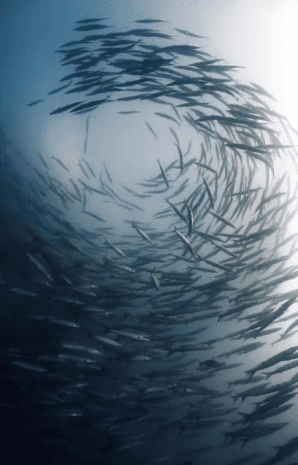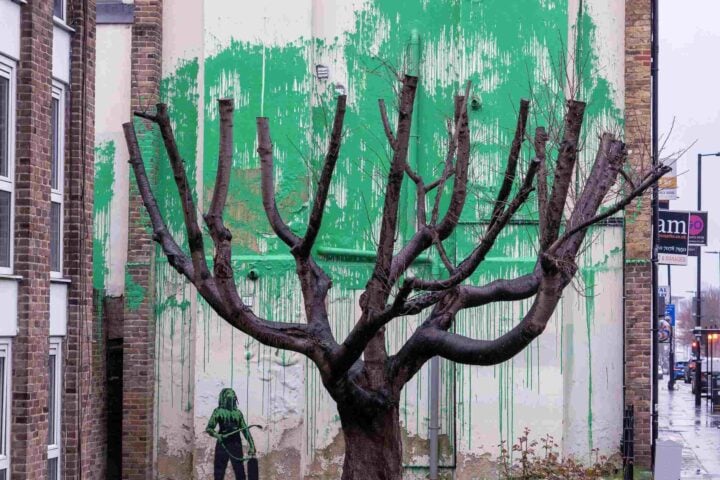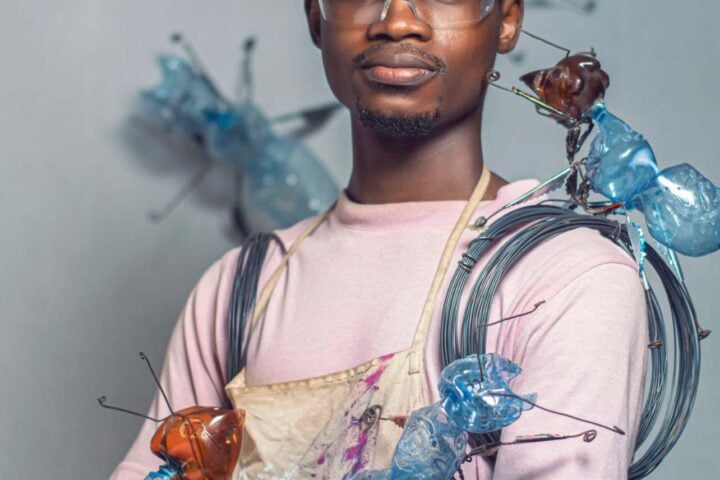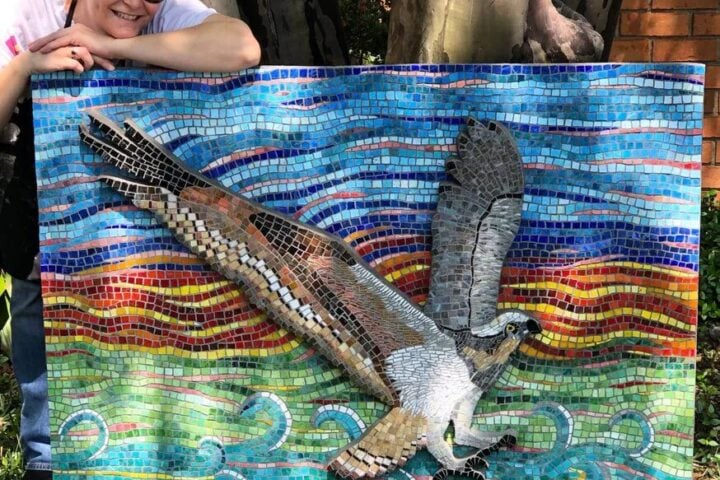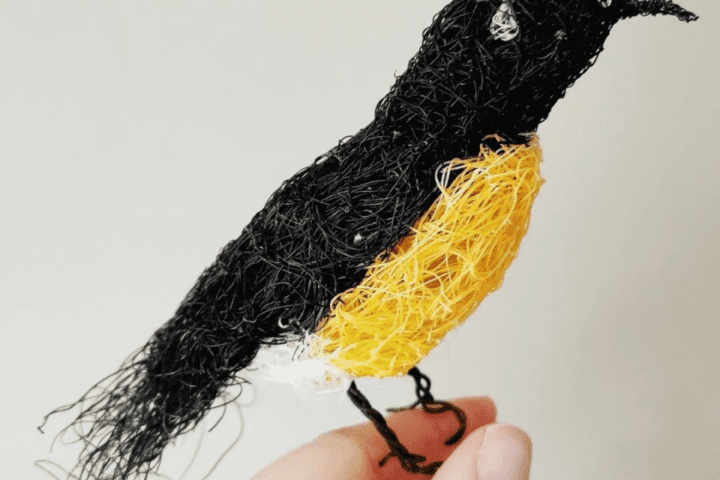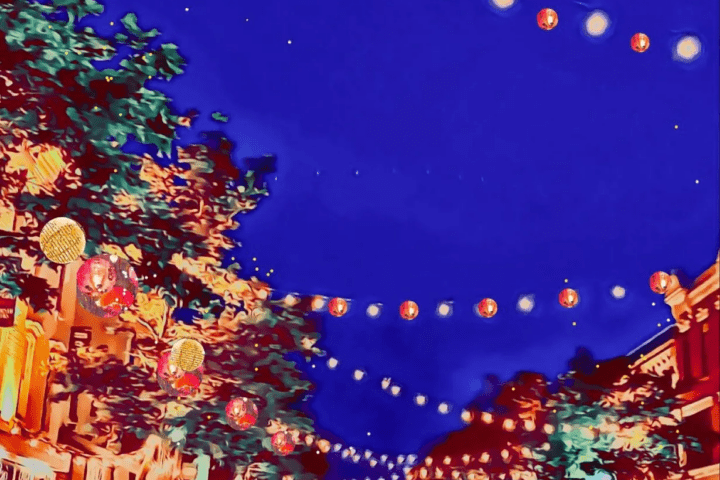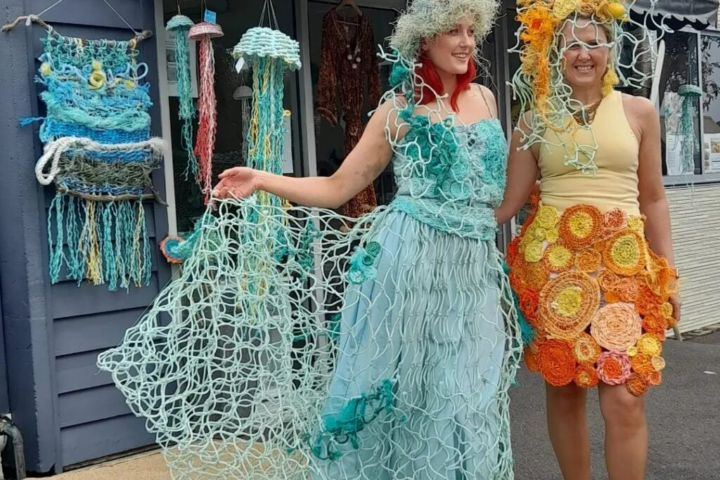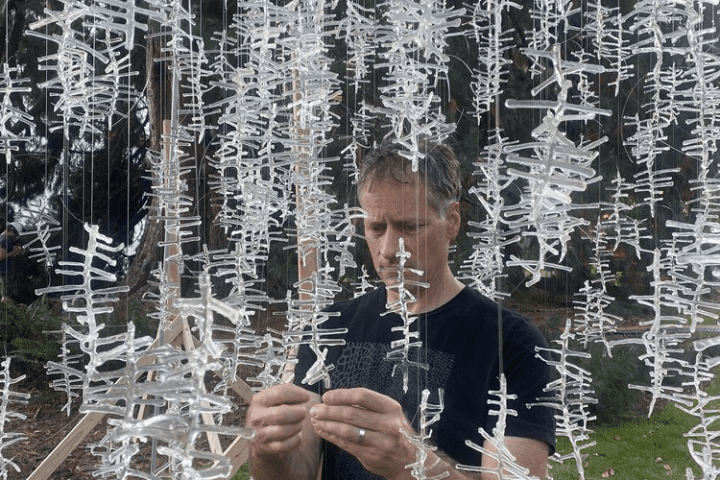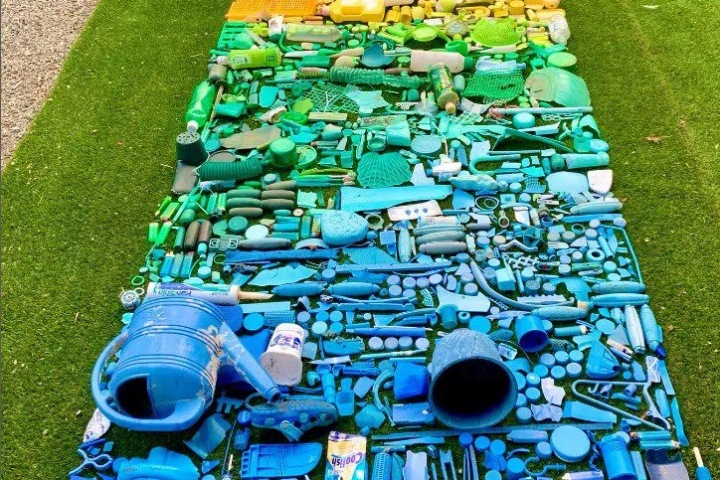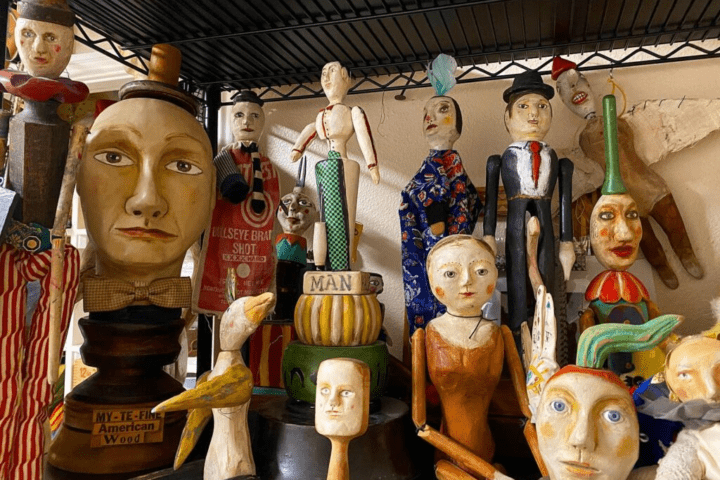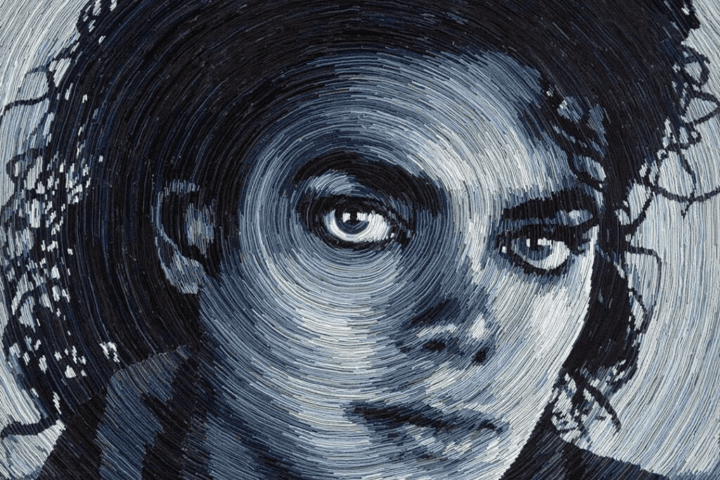In today’s age, addressing environmental concerns isn’t the sole responsibility of activists. Every individual can contribute in unique ways, making the movement towards environmental sensitivity a collective endeavor. A prominent example is “trash art,” an emerging genre that ingeniously uses discarded materials to craft artistic marvels. This approach repurposes waste to produce artwork, drawing parallels with collage or installation methods.
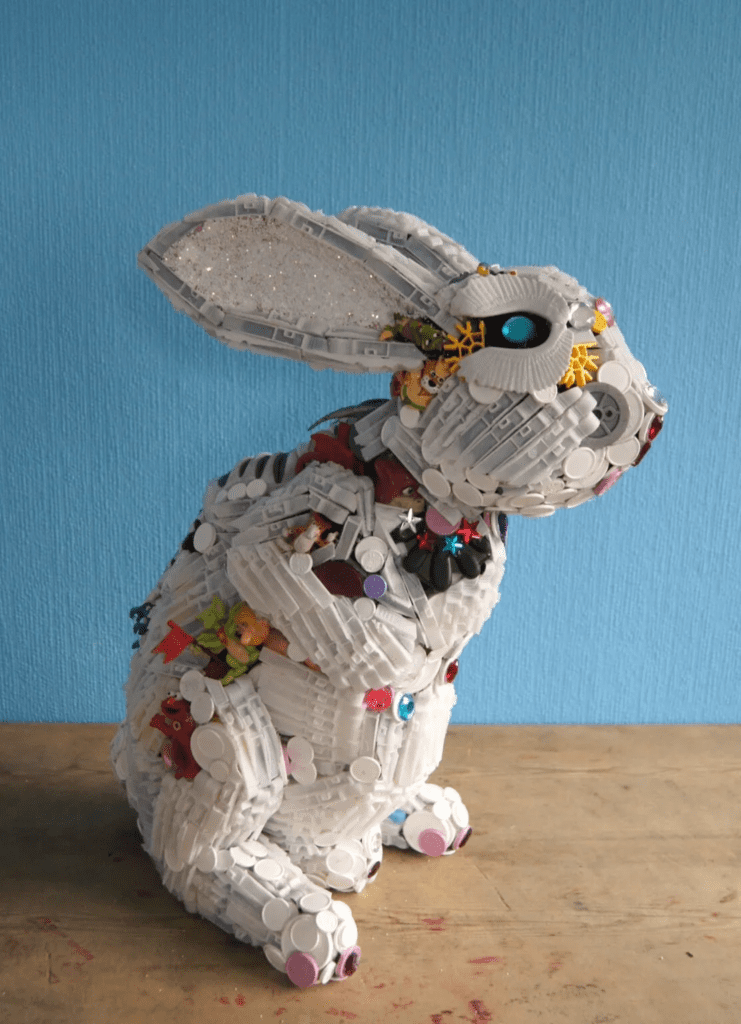






One of the notable names in this movement is Robert Bradford. But to label Bradford merely as an artist who crafts from discarded children’s toys would be an oversight. He is an accomplished visual artist, trained at Ravensbourne College of Art in England, and furthered his studies in filmmaking at The Royal College of Art in London.






While Bradford began his career in filmmaking and painting, he also pursued psychotherapy. It wasn’t until five years into his artistic journey that he showcased his artwork in the U.S., gaining considerable recognition. After this stint, he returned to the UK, honing his expertise in sculpture. Since 2004, Bradford’s work, characterized by large imaginative sculptures crafted from discarded plastic, has garnered widespread acclaim.







Now, as an independent artist, Bradford continues to diversify his portfolio. He’s revisiting canvas painting and exploring pre-painted collages. Many of his creations, ranging from life-sized to colossal sculptures of animals and humans, are crafted from discarded plastic items. Some of his most celebrated pieces include vibrant sculptures of horses and dogs, made entirely from plastic toys. Additionally, Bradford’s flair for incorporating diverse elements like combs, clips, buttons, and brushes lends an eclectic touch to his art.






When asked about his preferred tools in a recent interview, Bradford’s response was refreshingly candid: “Not really. I tend to use whatever tools come to hand and don’t treat them delicately. I have an affinity for complex surfaces, a plethora of shapes, and diverse marks. There’s this one worn-out brush I often use for fine lines, but I can’t recall its origin!”
Bradford’s art is more than just aesthetic pleasure; it serves as a poignant reminder of the potential lying in discarded objects. Through their imaginative endeavors, artists like Bradford inspire others to support the environment, turning what was once deemed trash into invaluable treasure.
